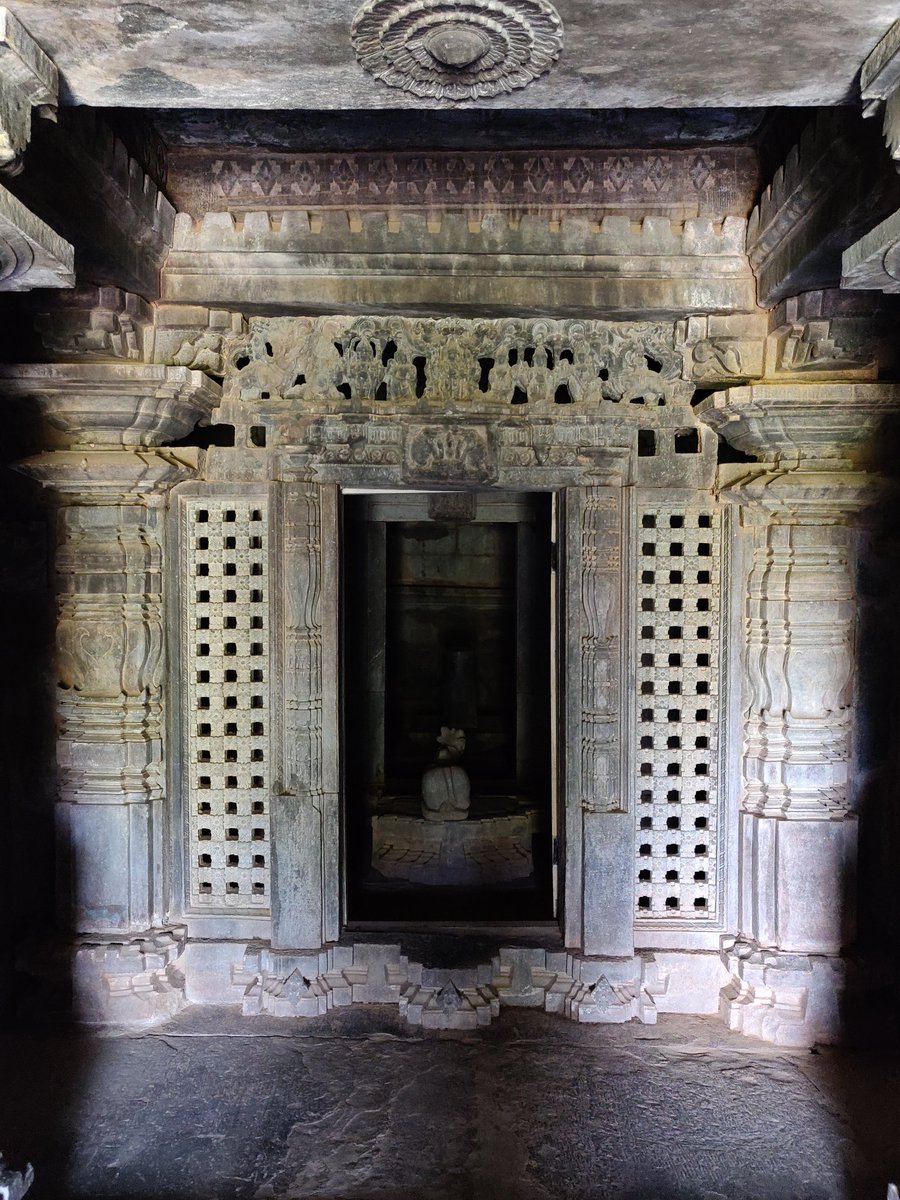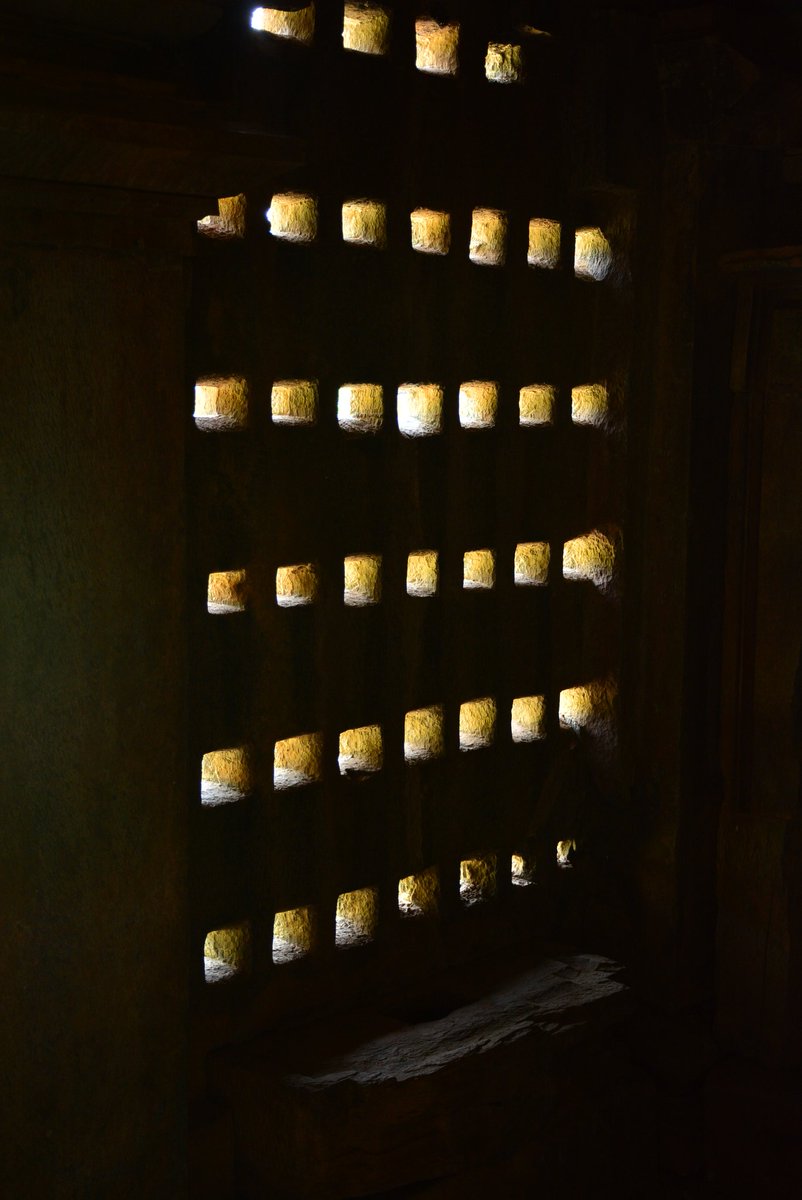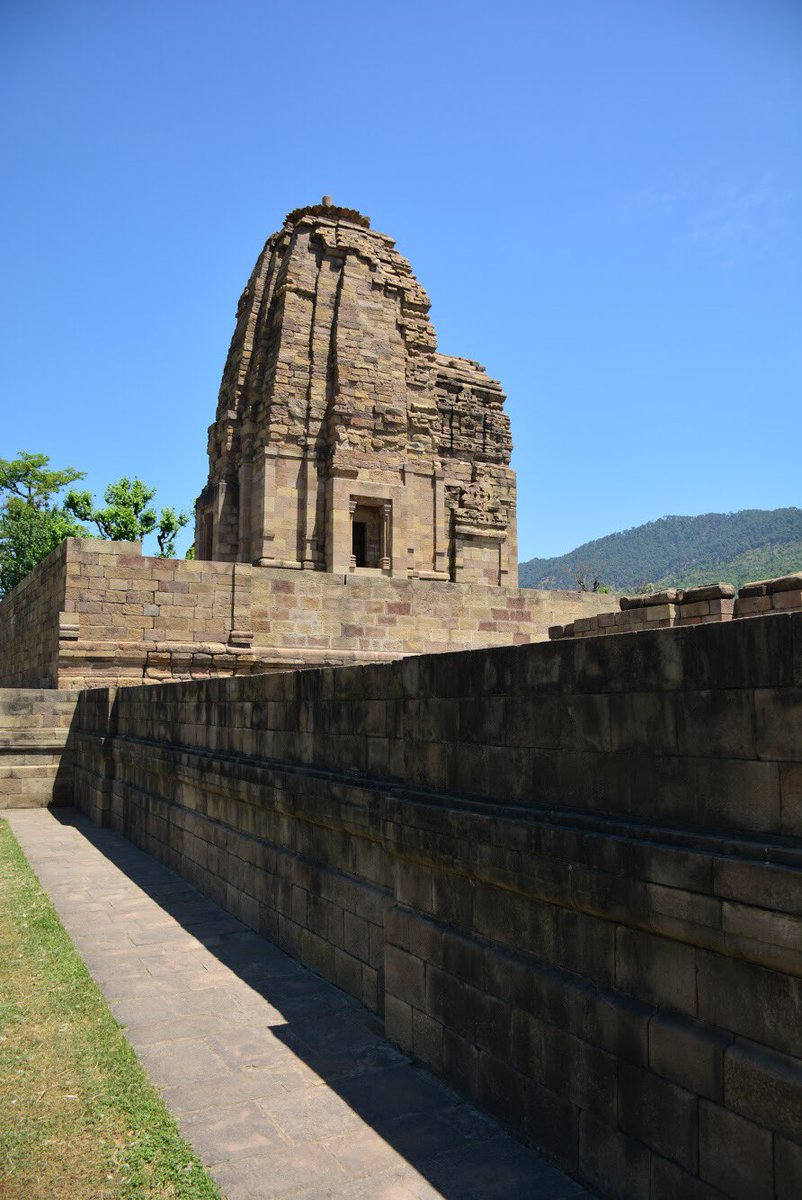"ಬಂದಳಿಕೆಯಲ್ಲಿನ ದೇವಾಲಯಗಳ ಸಮೂಹ"
"Group of Temples at Bandaḷiké"
Location:
ಶಿವಮೊಗ್ಗ ಜಿಲ್ಲೆಯ ಶಿಕಾರಿಪುರ ತಾಲೂಕು
Śikàripura Tk, Śivamogga Dt.
Nearest town - Śirāḷakoppa
There are a total of 5 (or 6) prominent monuments in the group.
2. Trimūrti Nārāyaṇa Dēvasthāna
3. Sōmēśvara Dēvasthāna
4. Vīrabhadrēśvara + Sahasralinga Guḍi
5. Mahānavami Manṭapa
6. Banadammana Dēvasthāna
Exact date of construction is not known from among the available inscriptions on site although one inscription mentions of grants.
ಎಲ್ಲರಿಗೂ ದೀಪಾವಳಿಯ ಹಾರ್ದಿಕ ಶುಭಾಶಯಗಳು.
सर्वेभ्यः दीपावली पर्वणः शुभकामनाः।
அனைவருக்கும் தீபாவளி நல்வாழ்த்துக்கள்.
సమస్త ఆస్తిక బంధువులకు దీపావళి శుభాకాంక్షలు.
A very happy deepāvaḷi to all you āstika bāndhavas.
🙏🙏🙏🙏🙏🙏🙏🙏🙏🙏🙏🙏🙏




















































